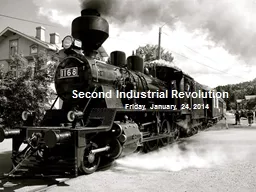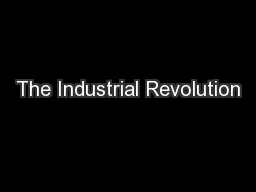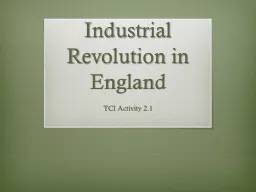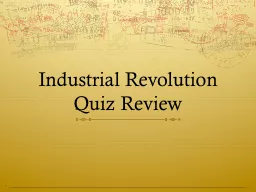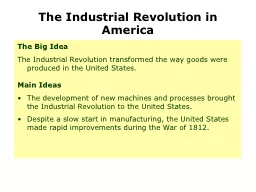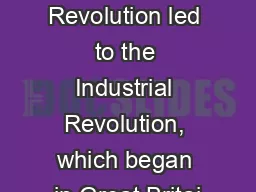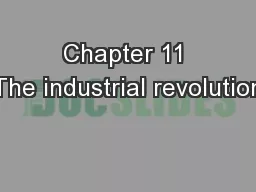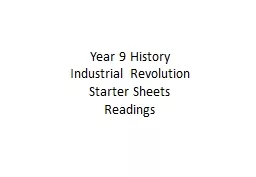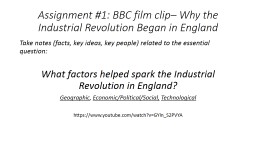PPT-Second Industrial Revolution
Author : natalia-silvester | Published Date : 2015-10-01
Friday January 24 2014 Do Now Post a tweet advertising a new invention that will make life easier What is your invention How does it work How will it benefit
Presentation Embed Code
Download Presentation
Download Presentation The PPT/PDF document "Second Industrial Revolution" is the property of its rightful owner. Permission is granted to download and print the materials on this website for personal, non-commercial use only, and to display it on your personal computer provided you do not modify the materials and that you retain all copyright notices contained in the materials. By downloading content from our website, you accept the terms of this agreement.
Second Industrial Revolution: Transcript
Download Rules Of Document
"Second Industrial Revolution"The content belongs to its owner. You may download and print it for personal use, without modification, and keep all copyright notices. By downloading, you agree to these terms.
Related Documents

